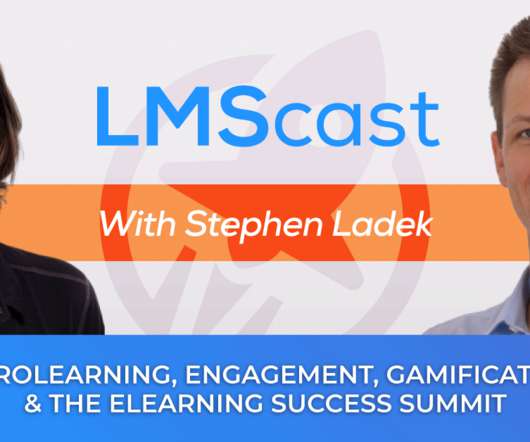Top 10 eLearning Predictions 2011 #LCBQ
Tony Karrer
FEBRUARY 22, 2011
iPad Cornerstone OnDemand Plateau Saba Augmented Reality Cloud Computing Analytics Mobile Learning GeoLearning Performance Support Outsource Low Cost iPhone Learning Theory Creative Commons Facebook Portal Learn.com Leadership eLearning Strategy Knowledge Management Voiceover Obviously, the Cornerstone OnDemand is because of the IPO.
















Let's personalize your content